





Read the planting information -- recommended planting time, depth, and spacing -- on the back of seed packets. Use this valuable information to lay out your garden, ensuring mature plants have adequate space.
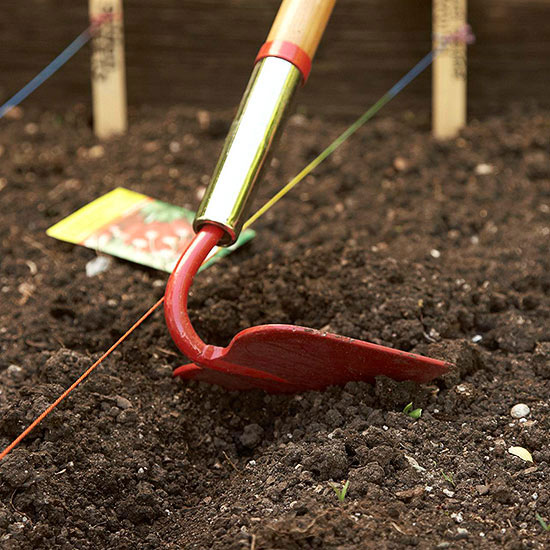
Place a string line where you would like to make a garden row. Make a string line by tying each end of the string to a garden stake. Use the hoe to create a furrow along the line.
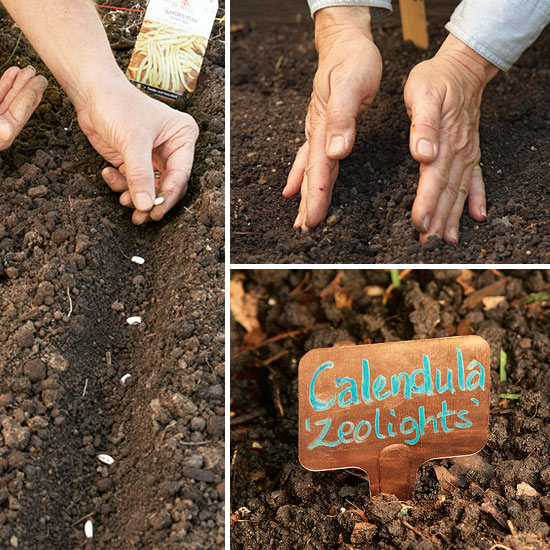
Drop seeds in the furrow, spacing them as directed on the seed packet. Gently cover the seeds with soil. Label the row with an identifying marker.
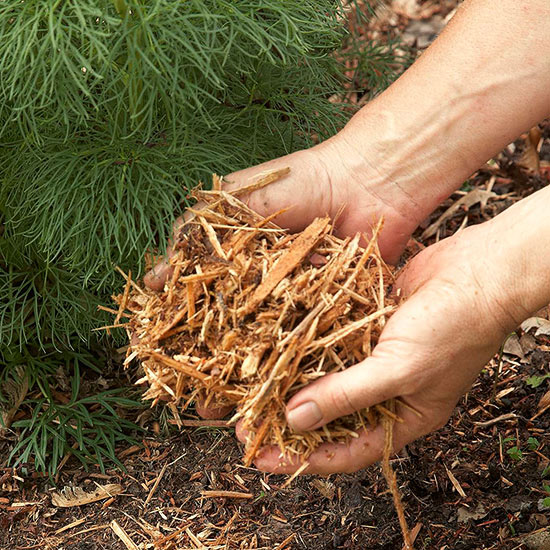
Organic mulch, such as shredded bark or grass clippings, is an easy way to suppress weeds. Most weed seeds need light o germinate. A 2-inch layer of mulch fights weeds by blocking light, preventing germination. Spread mulch over the garden after seedlings emerge and when planting transplants. Prevent disease by maintaining a 2- to 3-inch mulch-free ring around the base of plants. Moist mulch in contact with stems creates a portal for fungi and bacteria to enter the plant. At the end of the season, use a spade to mix mulch into the top 8 inches of soil. The mulch will decompose and add nutrients to the soil.
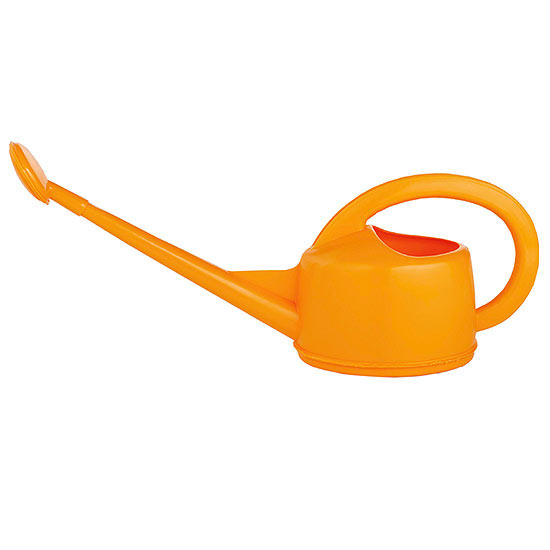
Edible plants thrive when they are provided about 1 inch of water per week. When it doesn't rain, make the most of every drop with efficient watering practices. Water deeply. Your goal is to send moisture 6–8 inches into the soil to encourage greatest root growth. Cover soil with a 2- to 3-inch layer of mulch to reduce soil moisture evaporation. Be vigilant about eliminating weeds.
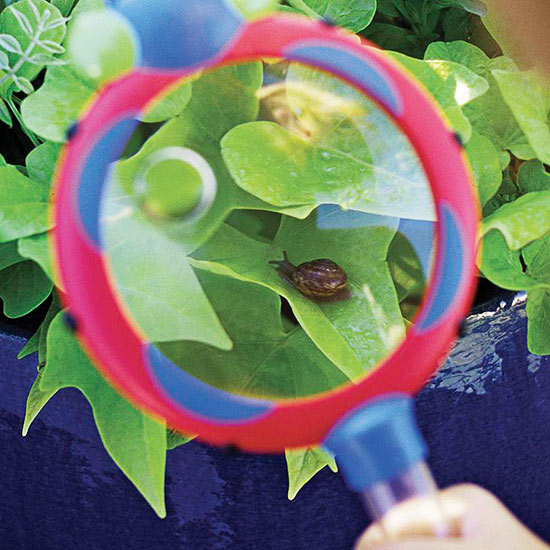
Good news -- pest control is rarely necessary in an edible garden! Staff at your local garden center can help, too. Most often the pest will depart the garden in short order, leaving only cosmetic damage behind. If damage is ongoing and significant, control the pest with the least toxic method available.
Learn more about identifying and controlling pests.
Copyright © www.100flowers.win Botanic Garden All Rights Reserved